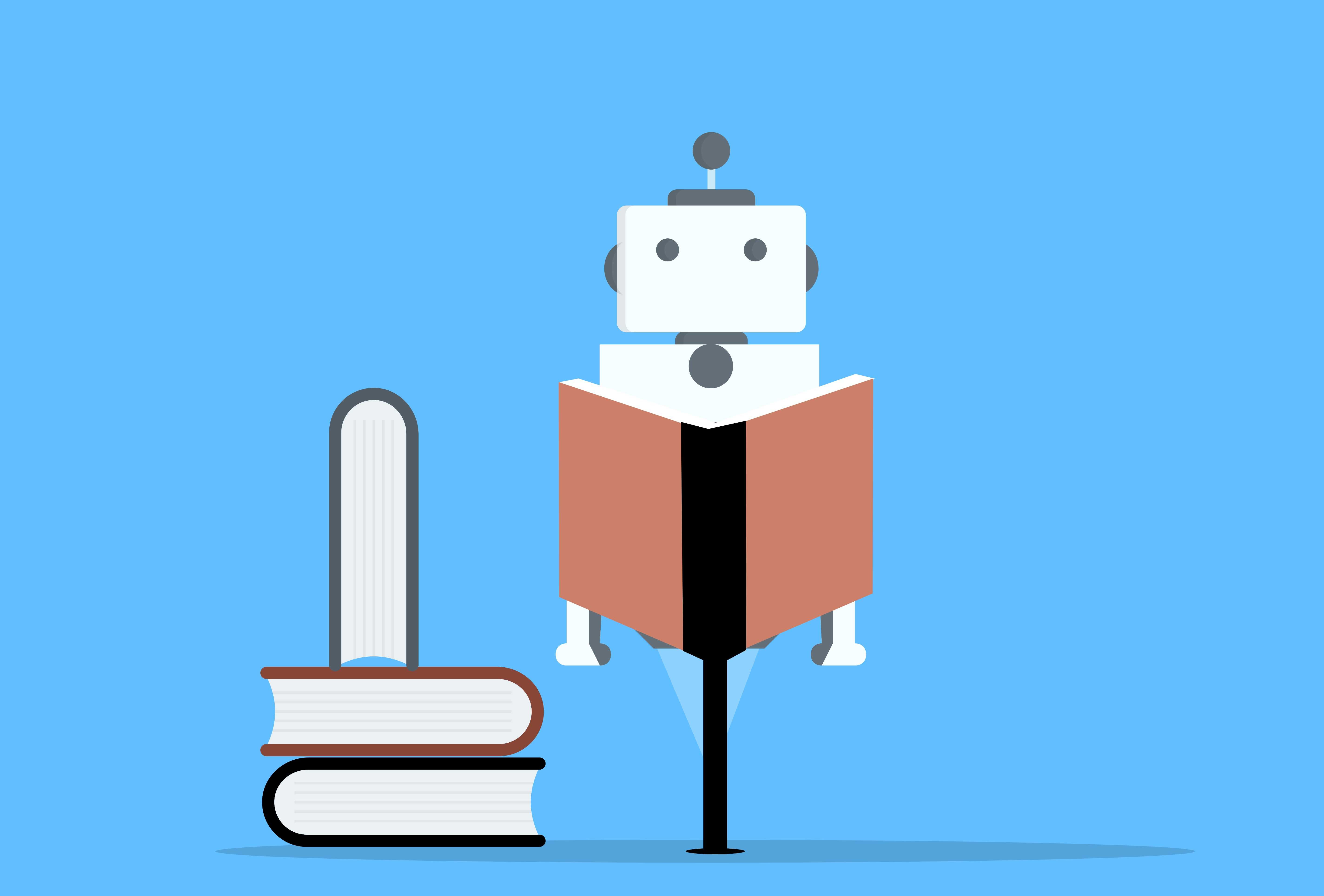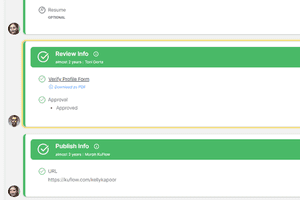RPAs, DPAs and KuFlow
Published 18-10-2022 by KuFlow

Credits: Mohamed Hassan
In today’s dynamic digital marketplace, organizations must focus on both efficiency and innovation to stay ahead of the competition. As a consequence, they are rapidly automating processes so that more can be done with fewer resources while maintaining quality standards. And in this scenario, software-based automation is a relatively young concept that’s rapidly gaining popularity.
Two of the most popular categories of automation solutions are Digital Process Automation (DPA) and Robotic Process Automation (RPA). In this article, we will discuss the key characteristics of RPA vs DPA, their main differences, and where they are best deployed.
What is Digital Process Automation (DPA)?
Digital Process Automation (DPA) is the orchestration of people, bots, data, and systems to automate manual tasks in a workflow. In a way, DPA is usually understood as the evolution of traditional Business Process Management (BPM) technologies, and it is also related to another similar concept, Business Process Automation or BPA.
The goal of DPA is to automate certain tasks as part of a larger process that still requires a human being to make higher-level cognitive decisions. In order to achieve this, these solutions offer a single platform with an easy-to-use interface that allows employees to have their processes and tasks under control. In other words, a big focus of DPA is to improve employee and customer experiences by taking friction out of the workflow.
Through DPA solutions, organizations can obtain huge cost and time savings. Let us imagine, for example, a process for invoicing, employee onboarding, or any approval process. Instead of emails asking questions, requesting forms in different platforms, and mechanical tasks copying the same information in several applications, employees could have everything in just one place, where they could see what’s going on in every workflow and make different decisions smoothly.
What is Robotic Process Automation (RPA)?
Robotic Process Automation (RPA) refers to the use of bots to automate simple and mundane (low-level) tasks. The way RPA technology works is mimicking the way humans interact with software via a UI, and the most common example of these tasks is inputting data across multiple systems.
Usually, RPA is most effective as a component of a large DPA approach. The most interesting outcome of RPA is that it frees up the time for employees to complete tasks that require more emotional intelligence, reasoning, judgment, and interaction with customers.
RPA vs DPA: which is best for your organization?
It depends mainly on the needs of each company.
A Digital Process Automation (DPA) tool provides technology to automate complex business processes from end to end, involving multiple departments and people across the entire organization. A Robotic Process Automation (RPA) implantation, by contrast, will focus on the automation of simple and repetitive tasks.
In other words, DPA solutions are not designed to fully replace tasks done by humans (as RPA does). They are actually meant for improving the employee experience, easing the management of the workflows, and supervising the processes.
What are the benefits of combining RPA and DPA?
Actually, both solutions RPA and DPA can be integrated and, when implemented together, their benefits are truly seen. The reason is that, although Robotic Process Automation and Digital Process Automation solutions can be deployed separately when they are strategically implemented together, their individual benefits are compounded.
RPA can put focused effort into automating repetitive tasks, freeing up time for employees to board more complex tasks, meanwhile, DPA can be used to have better process governance and monitoring. Therefore, in the future, it is most likely that RPA will be incorporated into DPA systems for achieving an overall digital transformation strategy.
Deploying both RPA and DPA can help to:
Orchestrate humans and robots Instead of deploying RPA in silos to complete individual tasks, combining RPA and DPA can help coordinate work between robots, people, and systems, delivering a broader approach.
Process governance and visibility DPA can help you to ensure that tasks are being completed in line with organization policies and best practices. Plus, all your processes will leave an audit trail that is readily available.
Enable agile and scalable development RPA and DPA combined allow agile changes to processes since it is easier to make rapid changes in the workflows and deploy more bots when they want to scale up automation.
Save costs Automation help employees to be more efficient by reducing the time it takes to complete tasks.
Conclusion
A successful digital transformation strategy combines RPA and DPA to support process automation that must be dynamically and continuously improved to enhance both customer experience and employee engagement.
KuFlow is a developer-friendly Digital Process Automation tool, focused on the orchestration of tasks through a “workflow as code” paradigm. Additionally, KuFlow can operate with RPA platforms such as Robot Framework or UI Path, in order to provide task automation for the most low-level steps of every process.
Try KuFlow for free, creating your own free account and start automating your company.





